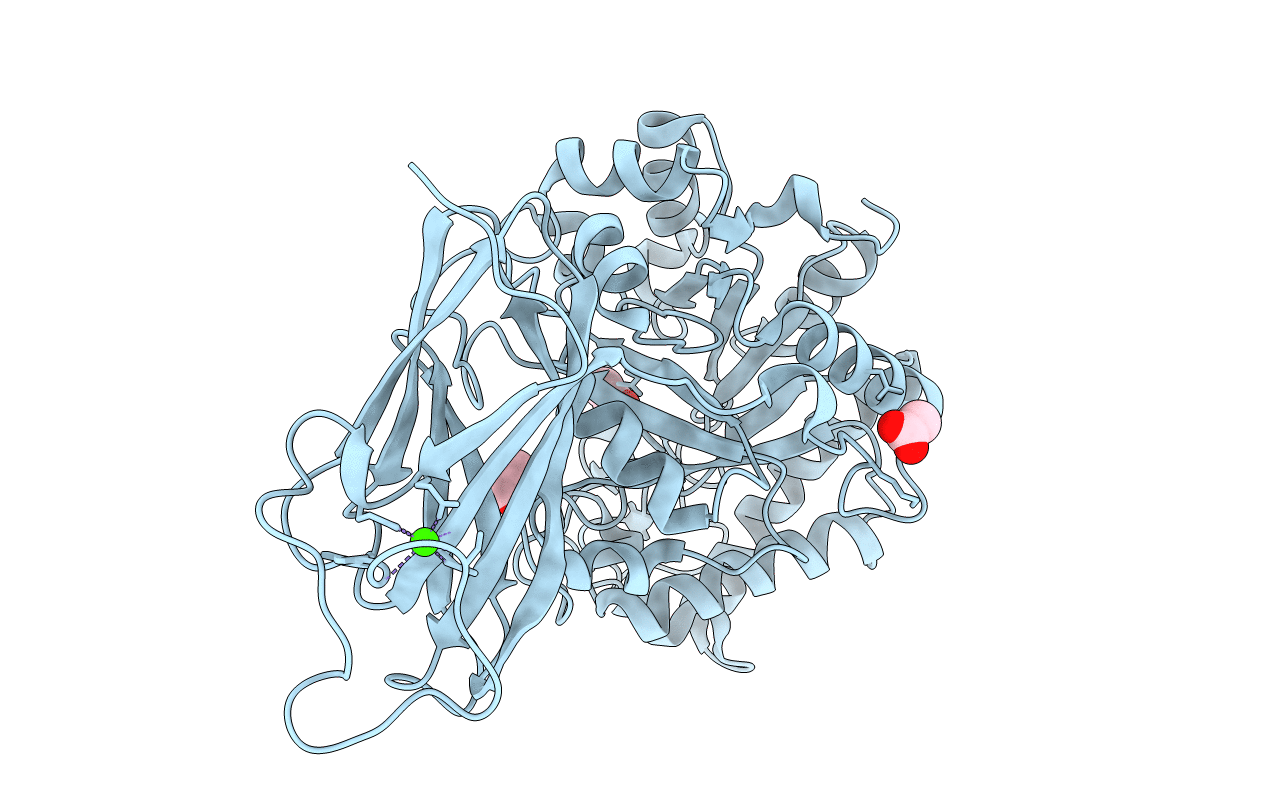
Deposition Date
2019-09-21
Release Date
2020-03-11
Last Version Date
2023-10-11
Method Details:
Experimental Method:
Resolution:
1.85 Å
R-Value Free:
0.21
R-Value Work:
0.16
R-Value Observed:
0.16
Space Group:
P 1 21 1


